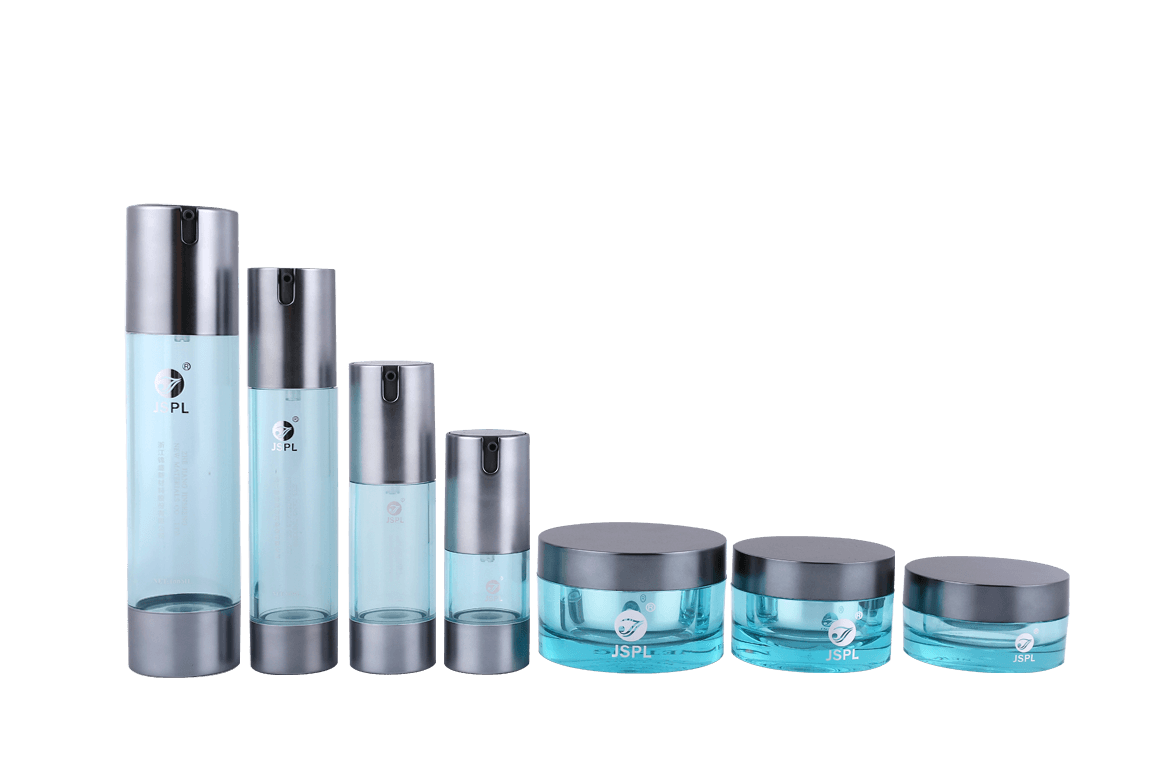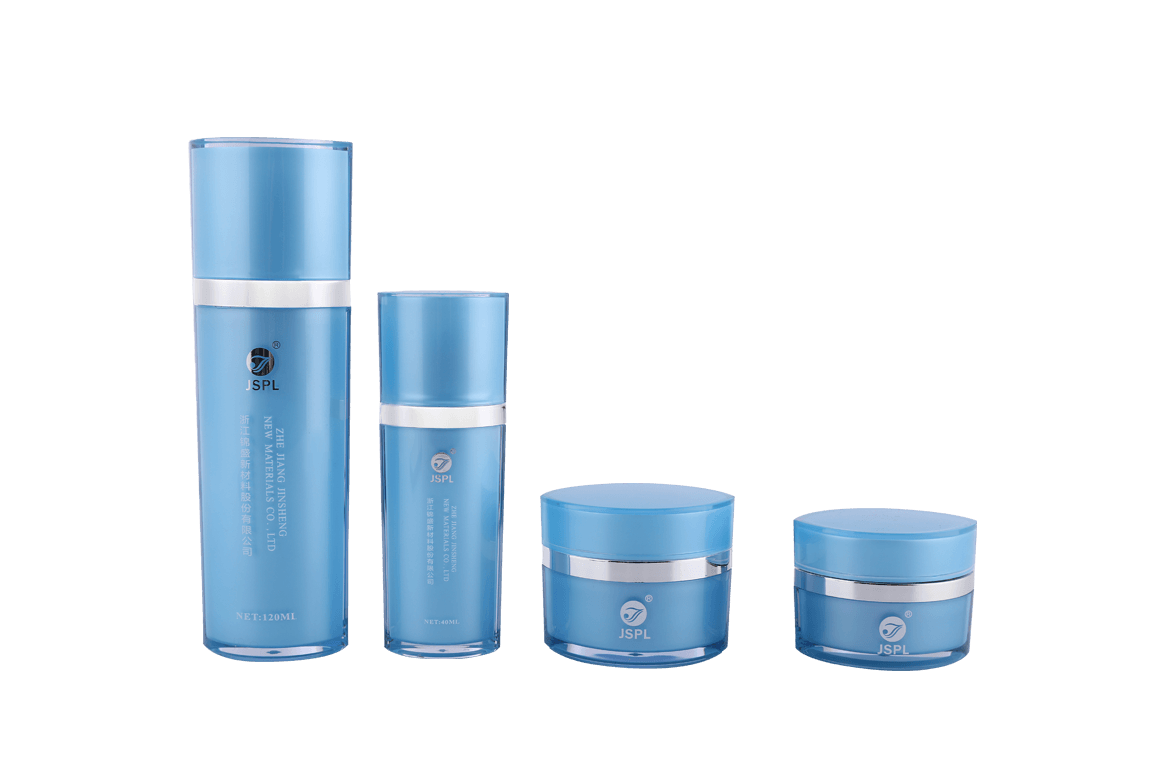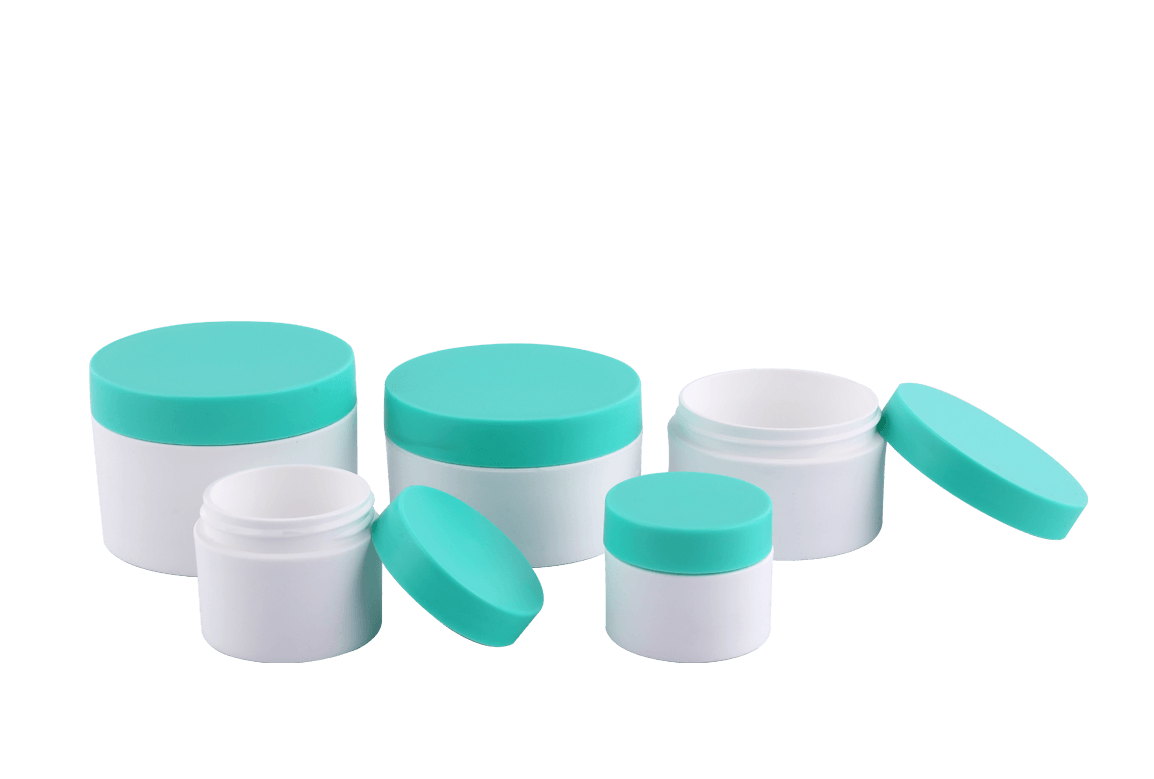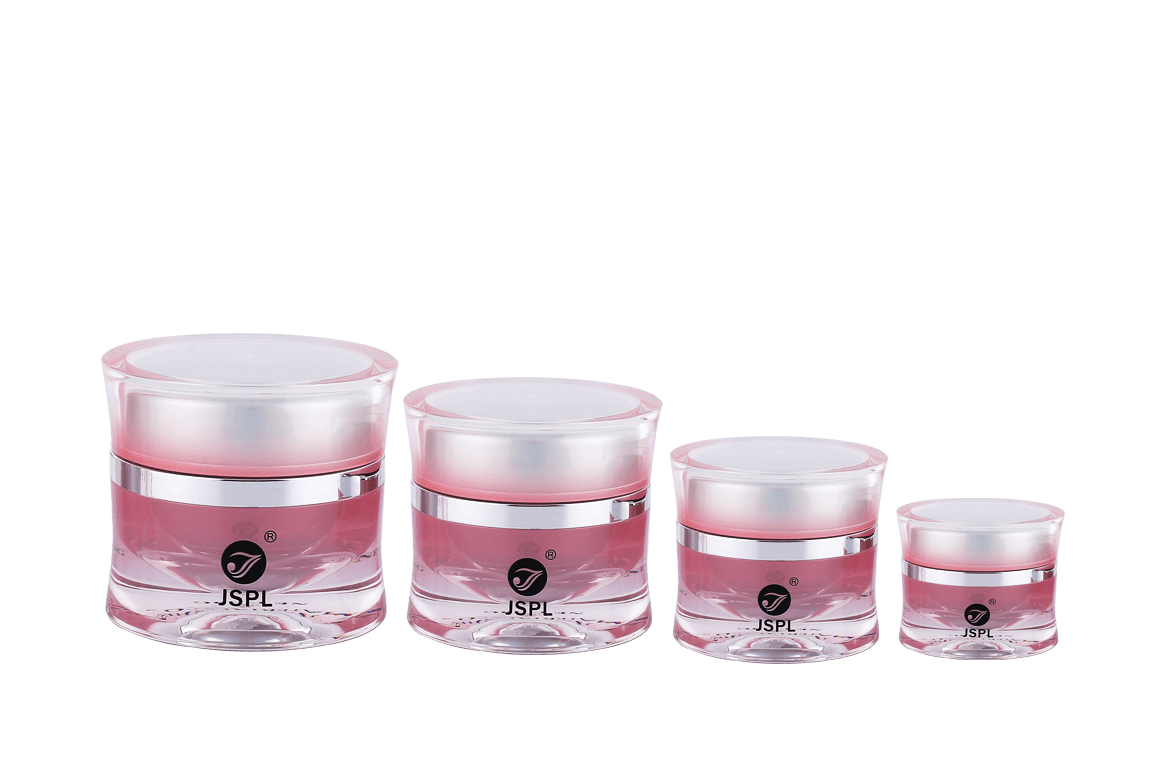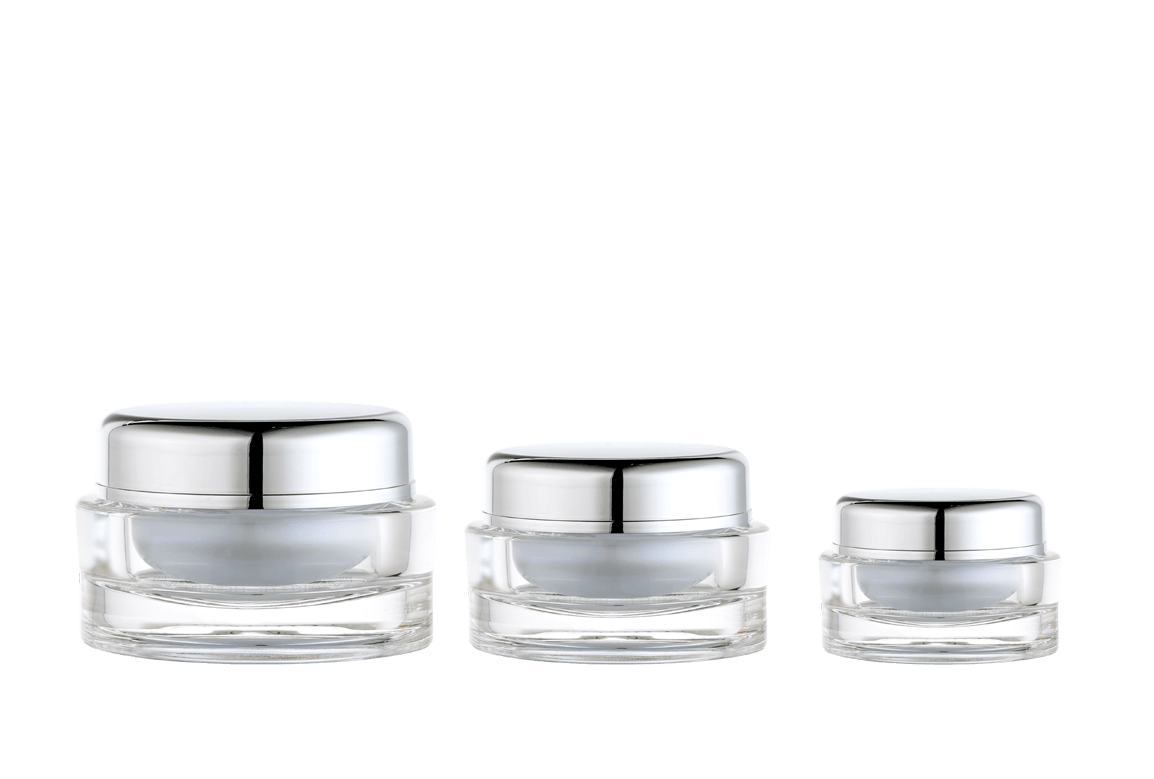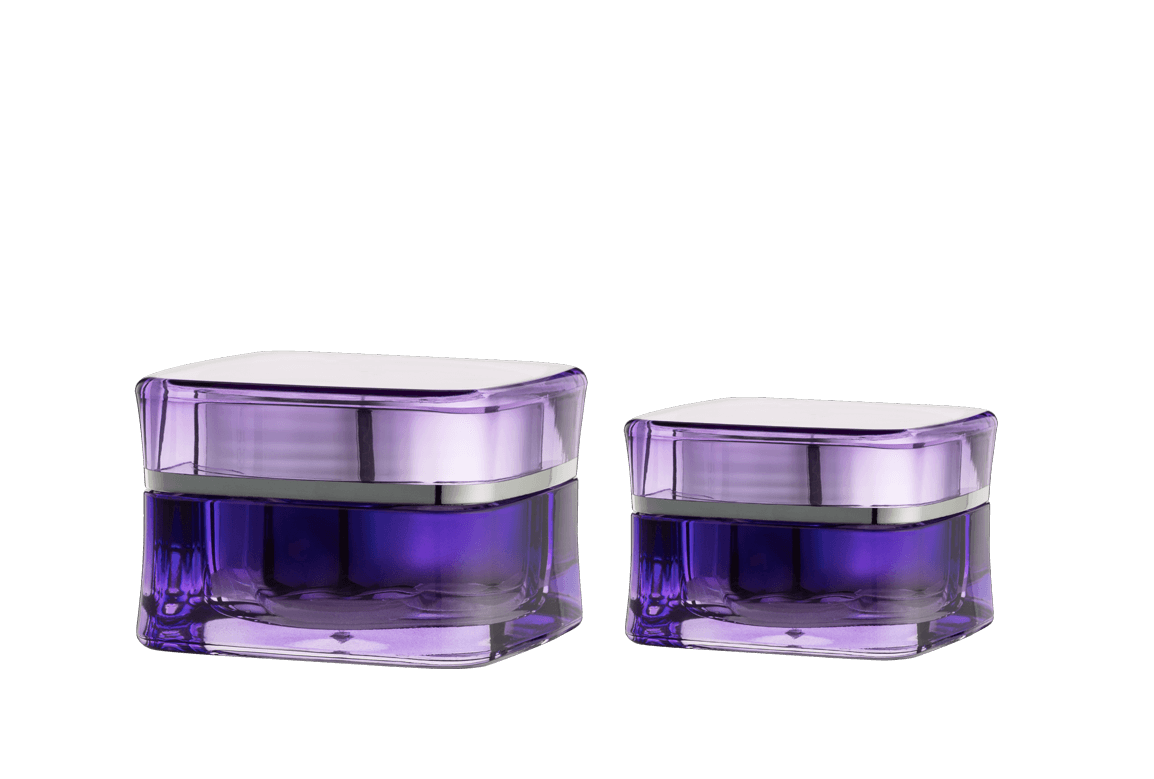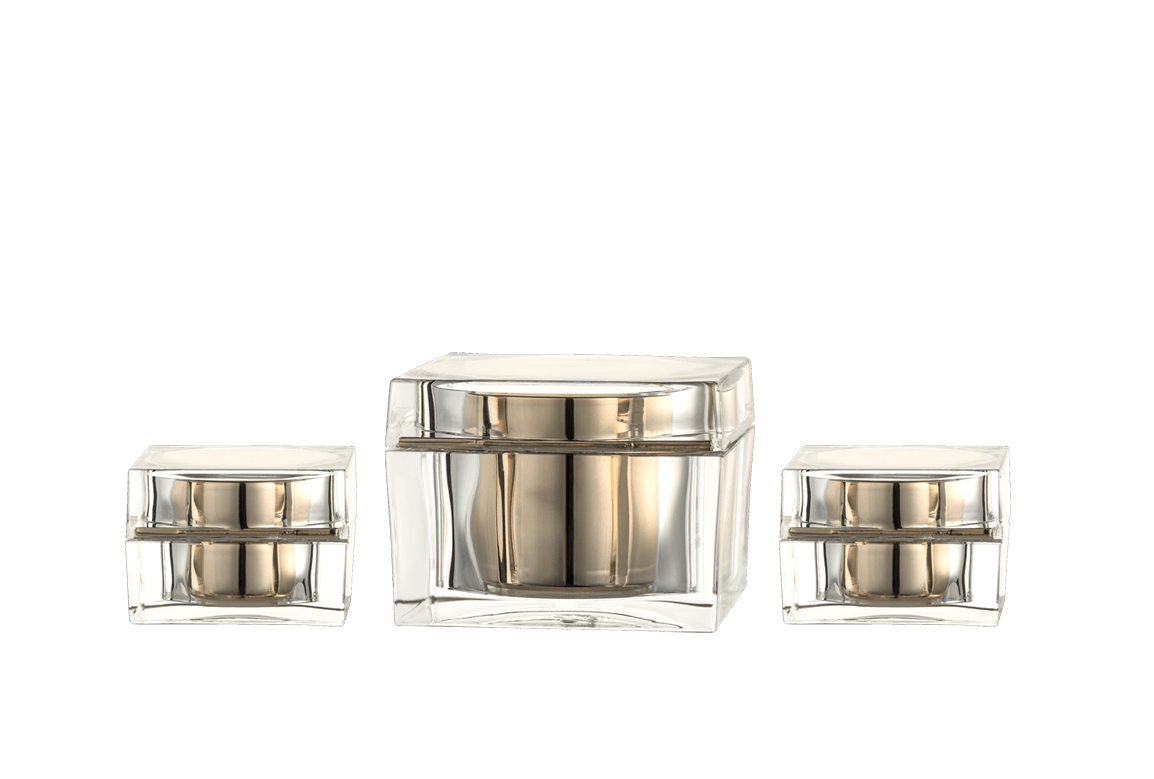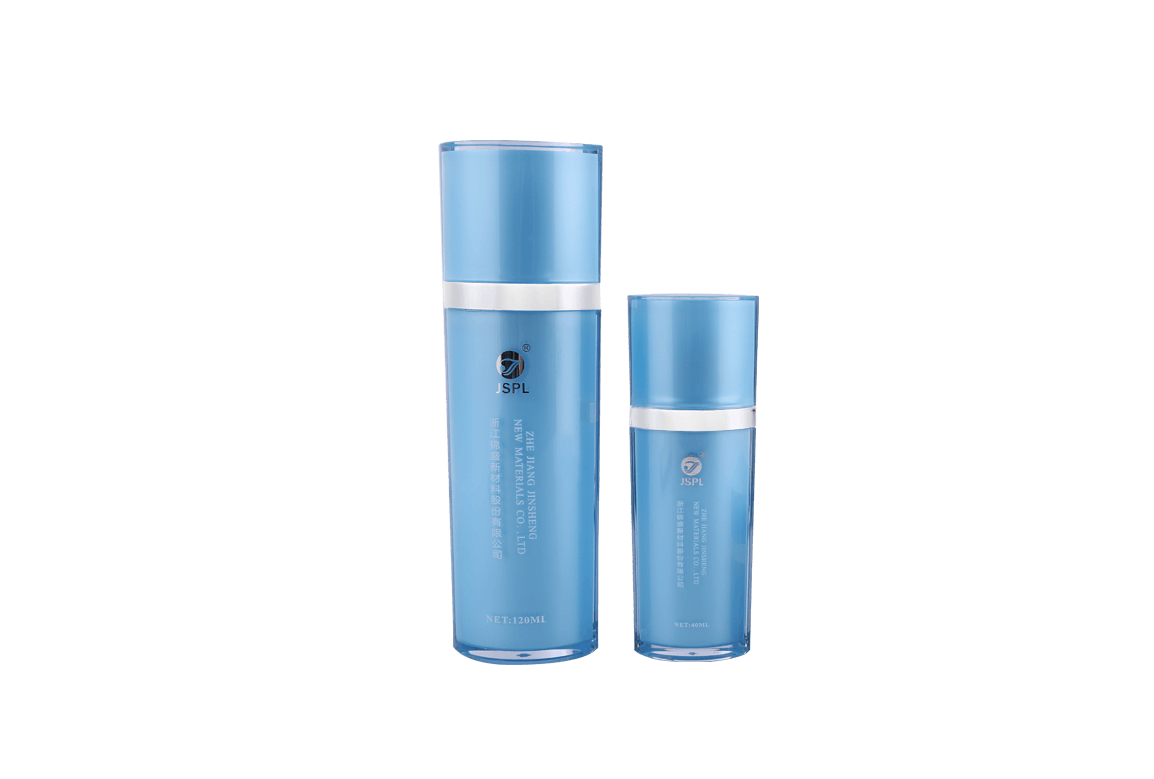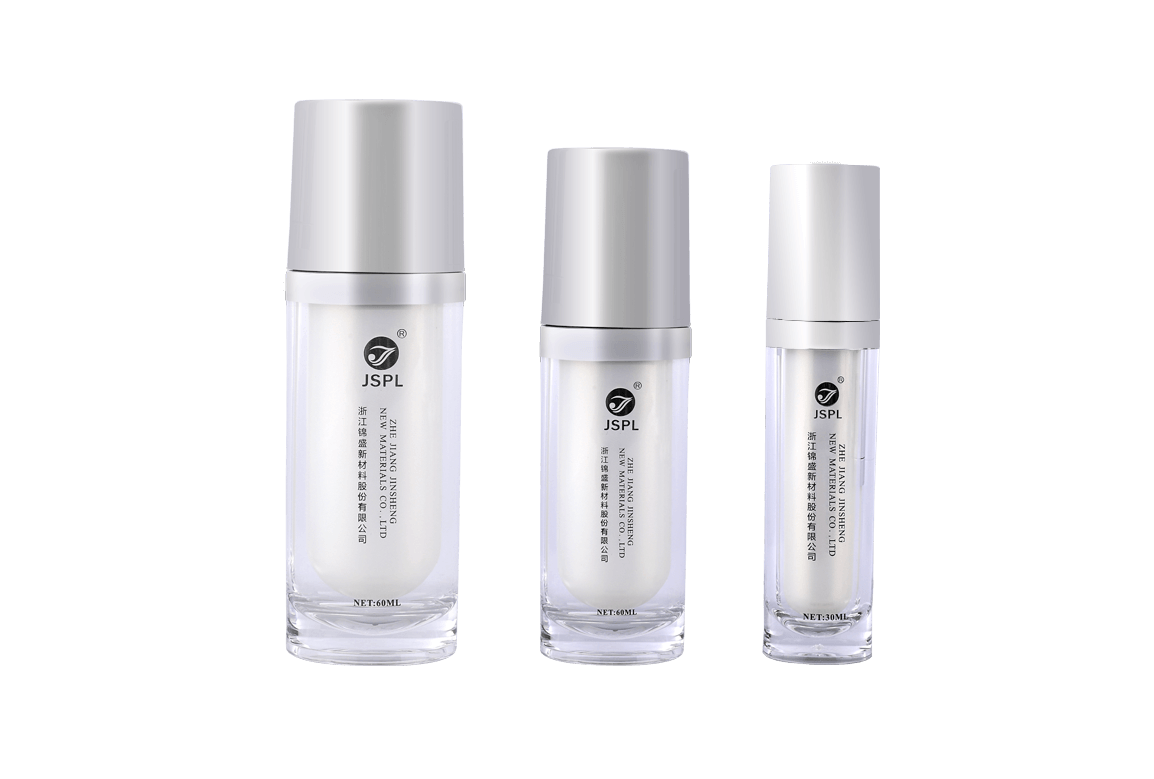Polypropylene (pp) and polystyrene (ps) are two commonly used polymers for the manufacture of plastic consumables. Polypropylene and polystyrene are similar in many applications, but there are some inherent differences between them that make them more suitable for specific applications.
Polypropylene, also known as PP, is a thermoplastic polymer. PP plastic is usually used to make plastic laboratory supplies, such as beakers, bottles, flasks, specimen containers, test tubes, etc. Polypropylene is very tough, tough, flexible, and resistant to many chemicals, acids and alkalis. It also has high heat resistance. According to the grade, the melting point of polypropylene is 130°C (266°F) and the highest is 171°C (340°F). Due to such high heat resistance, many polypropylene products can be autoclaved. In contrast to polystyrene products that can be discarded after only one use, polypropylene can be used repeatedly without replacement. Therefore, polypropylene products can be considered as a cost-effective alternative to their glass counterparts. However, in many applications, glass is still the first choice and necessary. The durability, high chemical resistance and high level of temperature resistance of polypropylene products make them very versatile in many laboratory and industrial applications.

Polystyrene, also known as PS, is a polymer made from the monomer styrene, which is a liquid hydrocarbon made from petroleum. At room temperature, polystyrene is usually a solid thermoplastic, but can be melted at higher temperatures to be extruded and then solidified. Styrene is an aromatic monomer, and polystyrene is an aromatic polymer. Polystyrene is a hard and hard material used to make toys, kitchen utensils, disposable water cups, packaging materials, computer housing parts, etc. It is a highly used plastic worldwide because its price is generally lower than many other plastics. Polystyrene is environmentally friendly because it can be recycled. Although polystyrene has certain resistance to acids and alkalis, it is not as resistant to certain chemicals as polypropylene. Polystyrene products are usually consumed in large quantities because they cannot withstand high temperatures above 100°C and can only be processed after a single use. Polystyrene is very suitable for the storage and transportation of general samples. Because it is transparent like glass, it is usually used for laboratory supplies such as test tubes, microplates and petri dishes.

 Chinese
Chinese España
España Italia
Italia Le français
Le français

